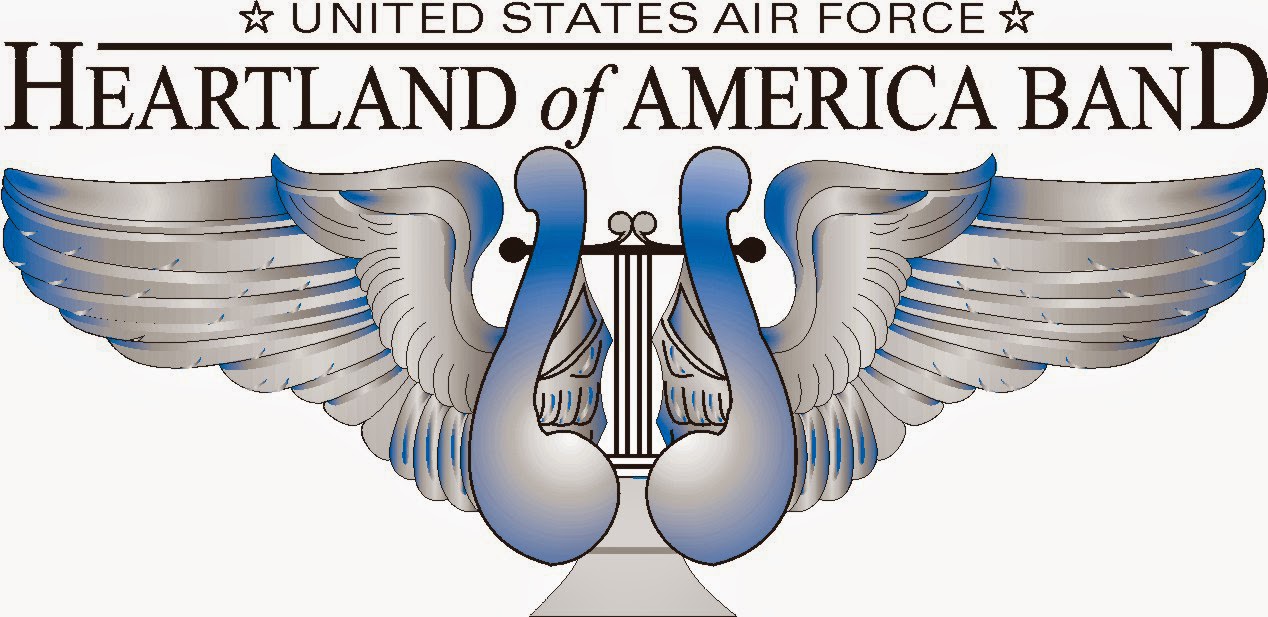Maybe this is too weighty of a title, but I recently heard a great segment on Science Friday. This is an NPR show that doesn't air in Nebraska. So I pick it up on Podcast. What you need to now about me is that I am a science fan as well as a music fan! I've never been a ceiling fan...puh dum dum! I love things that are science related, especially Space, space travel, and science behind music and sound. I am also a SciFi fan; Star Trek, Star Wars, X Files, Dr. Who...my list can go on and on. But what I am sharing today is much more profound than just the science.
A professor of mine shares his story in this video of his final days with his mother.
What this story shows me is the the real power of music. Below is link to this SciFri Podcast and an episode that deals specifically with why music effects our brains, especially damaged brains in stages of alzheimer's or dementia.
Why do I talk about this today? Well firstly it's on my heart and mind after hearing this podcast, but also we, musicians, and specifically the Lincoln Choral Artists, will soon have an opportunity to share our music with the community. The reason we can, should, and do work hard in rehearsal is that we want and need this music to effect people. I look to perfect, or remove imperfection, from every measure of music we perform. We never know which song, phrase, or even a single chord might profoundly effect someone's life. We are given the great gift to share ourselves and our love of singing, and specifically singing in a choir, to a group of witnesses with expectations, excitement, who offer support, and may or may not love our music too! It's not our job to change the reason for attending the concert, but it is our job to effect them, emotionally, maybe challenge them aurally, and definitely our way into their spirit, their energy, and our oneness as We Gather...with one step!
 In my house growing up, Christmas was and is a big deal. Beginning the morning after Thanksgiving my dad would go by a tree (sometimes my brother and I tagged along). My mother would start undecorating the fall decorations and begin the process of putting up the Christmas decorations. This was an all day project (and still is). That evening my siblings (and later siblings in-law) would gather and we decorate the tree while watching Lucille Ball in the musical movie adaption of MAME.
In my house growing up, Christmas was and is a big deal. Beginning the morning after Thanksgiving my dad would go by a tree (sometimes my brother and I tagged along). My mother would start undecorating the fall decorations and begin the process of putting up the Christmas decorations. This was an all day project (and still is). That evening my siblings (and later siblings in-law) would gather and we decorate the tree while watching Lucille Ball in the musical movie adaption of MAME.
























